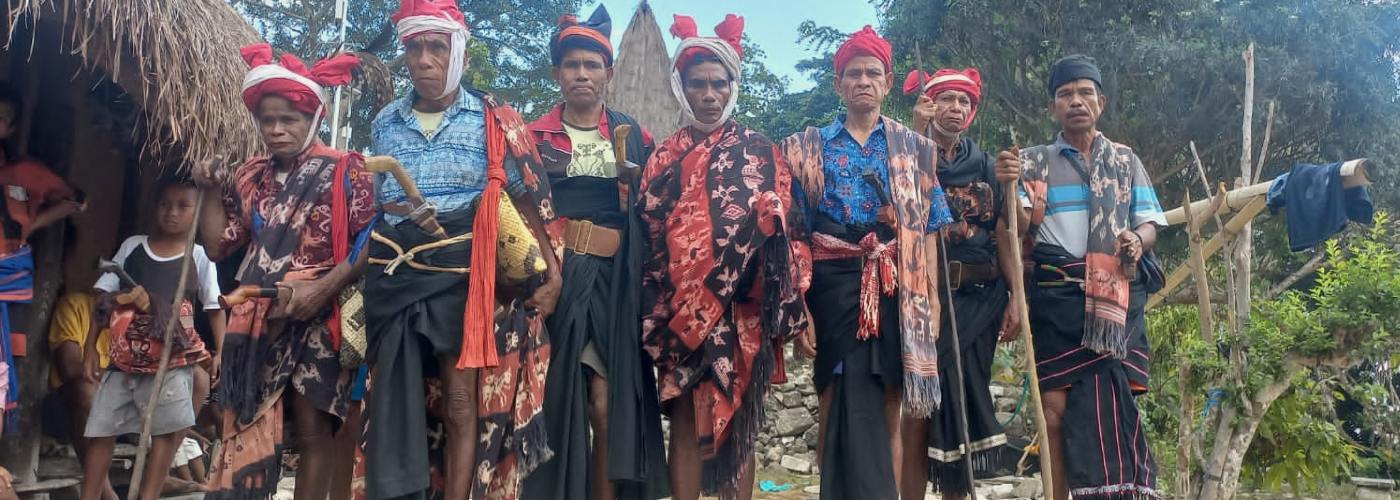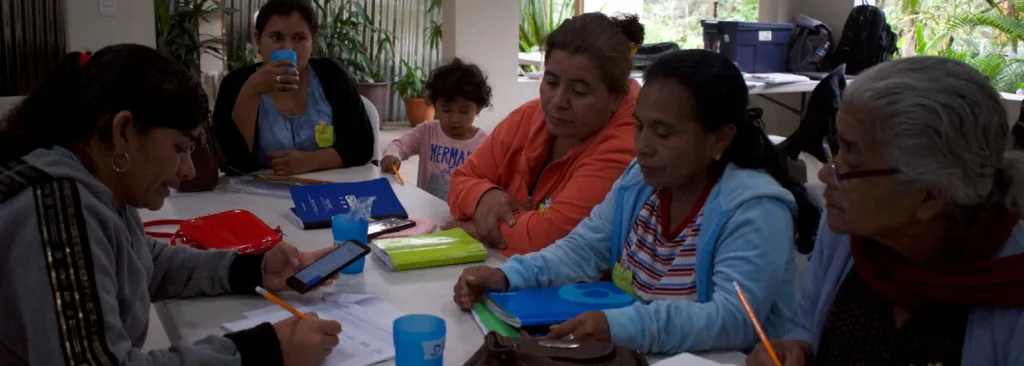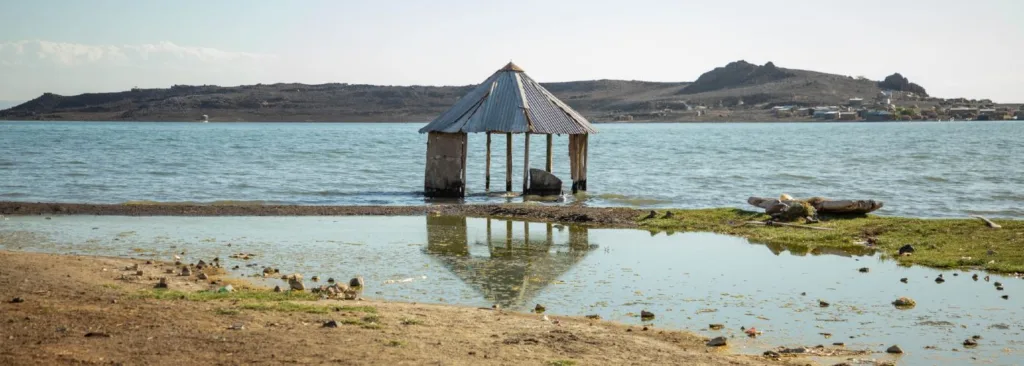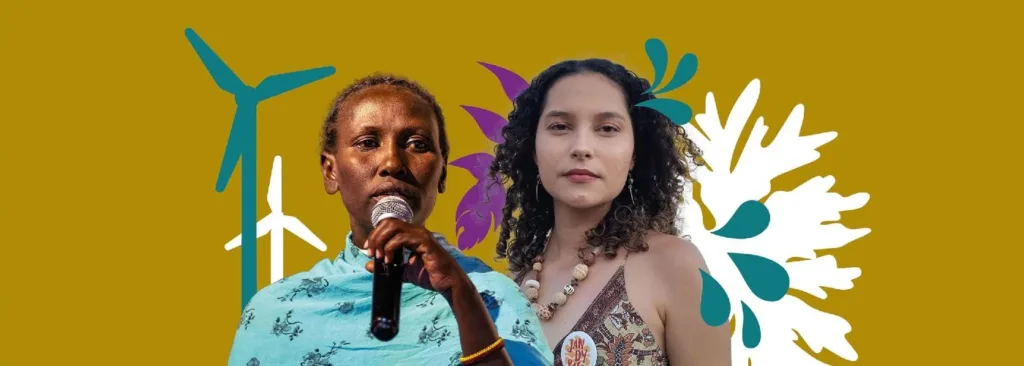How do we get climate funding to the people that need it most?
January 31, 2024
Women and girls, Indigenous Peoples, slum dwellers, and people in rural areas are among the groups hit hardest by our changing climate. Yet, not enough international climate finance is reaching them. This is a huge lost opportunity because, based on their own experiences, local communities know exactly what to do to lessen the impact of climate change in their area. That’s why Hivos is looking at different ways to get the money directly to local communities.
One example is the Fundacion Avina initiative BASE, made possible by Hivos and partners.
The Indigenous community of Umbu Pabal village, in East Nusa Tenggara, Indonesia, know their Liang Marapu forest inside and out. In the past, they used parts of the forest for spiritual rituals. Now that the forest has become a nature reserve, they’re not allowed to anymore. However, the forest’s new status doesn’t protect it from wildfires or illegal logging.
What if those in power started listening to the local community? With the right resources, the people of Umbu Pabal could formally apply for the forest to receive the status of Indigenous land. That way, the community could protect their traditional homeland, while following training in sustainable agriculture techniques that would both give them a steady income and keep the forest healthy.
Of course, these initiatives cost money. But climate finance is difficult to get for small scale, local initiatives. In comes BASE (Building Approaches to fund local Solutions with climate Evidence), which funds Umbu Pabal village through the local Humbu Hammu consortium.
BASE is supported by Hivos as part of our VCA program’s network. It acts as an alternative source of climate finance and shows how it’s possible to directly fund local climate action. The changes it will create will extend far beyond the edges of Liang Marapu forest.
Read our Q&A to learn why!
What problem does BASE want to solve?
One of the obstacles preventing local communities from getting sizeable international climate funding is the detailed amount of evidence they must provide. Proposals for funding need to demonstrate exactly how a project will reduce emissions or bolster resilience to the impacts of climate change.
On the one hand this makes sense, for donors (and outside observers) want to be sure they’re getting value for money. On the other hand, it’s often very hard for local communities to provide evidence with the required level of detail.
The people of Umbu Pabal, or say a fishing community elsewhere in the East Nusa Tenggara province, usually don’t have a lot of experience writing funding proposals for international donors – especially using all the right jargon. While large international development organizations have entire departments that do nothing else. As a result, the organizations end up with direct access to climate finance, but the local communities don’t.
What does BASE do differently?
BASE offers grants for local climate solutions without applicants having to jump through endless hoops when it comes to rationales for why climate finance is needed. Evidence can be delivered in more flexible ways that, ideally, take into account more traditional, local ways of story-telling.
With BASE, applying for climate finance is not only made much simpler. The costs and time spent collecting evidence and building a case for funding are also minimized, making it quicker and cheaper for communities to access climate finance.
What does that look like in practice?
The first round of BASE started last year and received more than seventy applications. Eight initiatives were selected and awarded $40,000 to implement local climate initiatives. Umbu Pabal village was one of them. With the grant, they’ve started training community members in forest management techniques that protect biodiversity, while giving them a sustainable source of income.
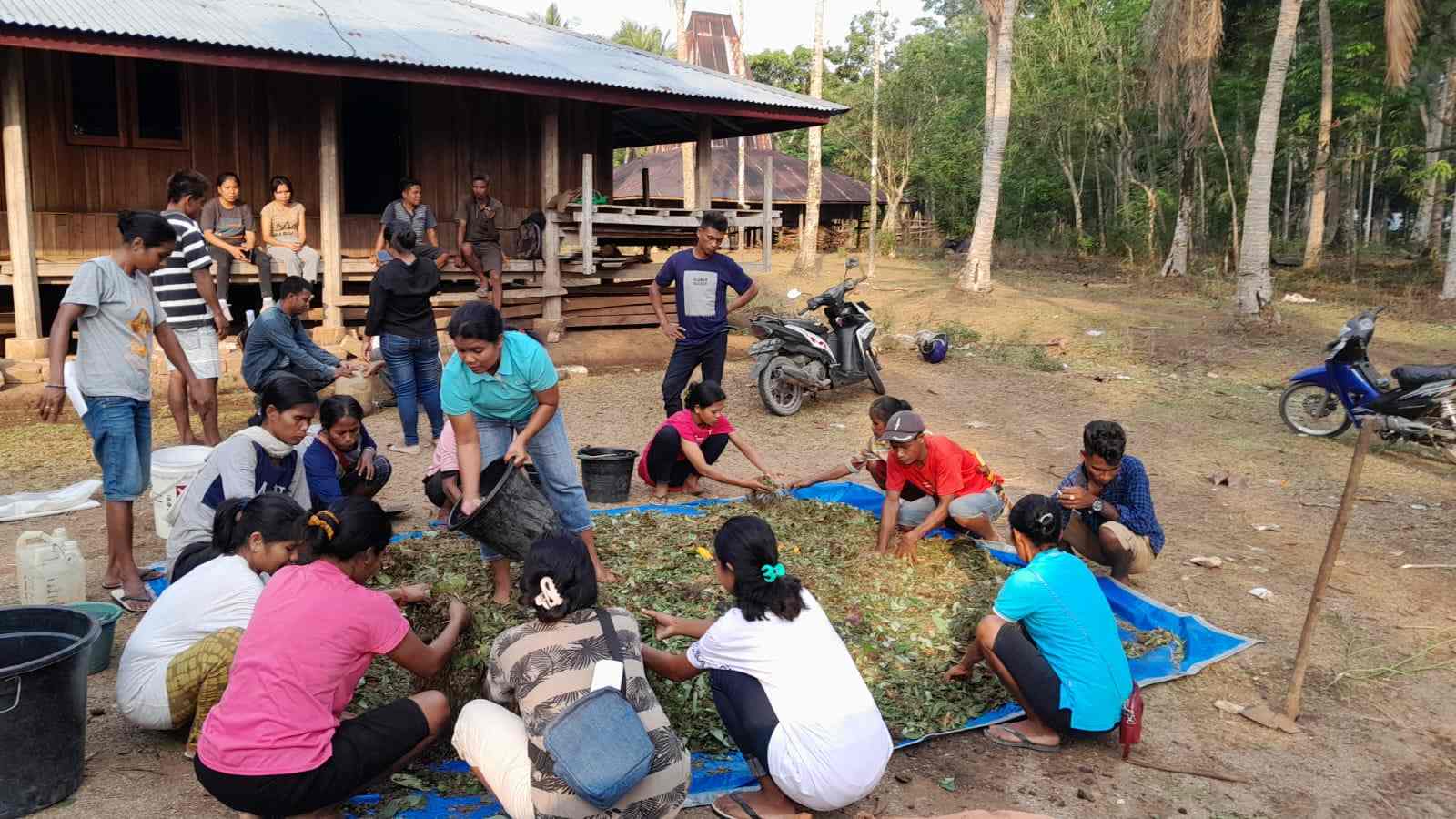
What are examples of other funded projects?
Another recipient of BASE funding was a project led by the Brazilian organization ACESA, which supports digging so-called “barraginhas.” Barraginhas are small water basins that communities dig in order to capture water from floods and heavy rainfall so the land is protected from soil erosion.
The Shuar Indigenous community in Ecuador has received financing to support their struggle to defend their land rights. These rights go hand in hand with conservation because the community plays an important role in protecting the environment on their land. They fight deforestation and destructive mining, cattle ranching and agricultural activities.
These are just two examples of projects that would have great difficulties getting funding from large international donors like the World Bank. If BASE turns in good results, it will prove to the international community that we can collectively move towards a climate finance model tailored to local needs.

